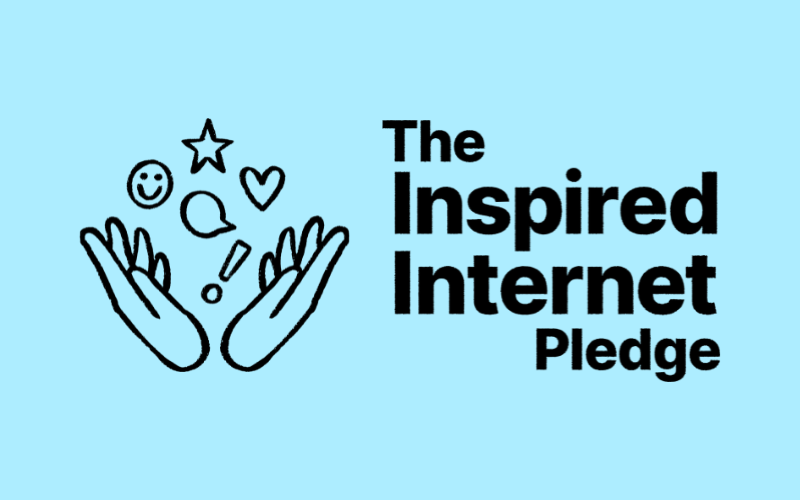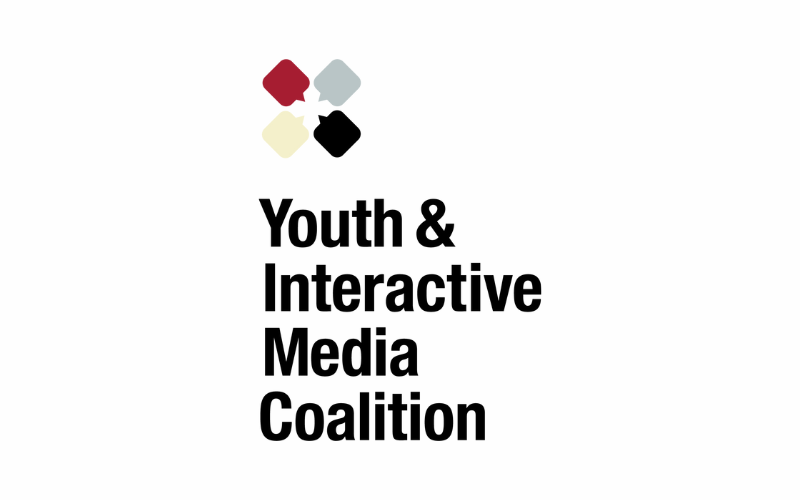Social media, as former Facebook president Sean Parker famously acknowledged, is “exploiting a vulnerability in human psychology” by creating a “social validation feedback loop”. In a country where over 85% of adults, 84% of teens, and more than half (53%) of children own or have consistent access to smartphones, interactive media are available and insistent. Even before the COVID pandemic, nearly half of teens in the United States were online “almost constantly”, 69% had their own smartphone, and nearly two-thirds (63%) reported using social media every day. Social media and related interactive technologies are a constant in the lives of young people – but are they tobacco?
Recent Congressional hearings and subsequent press on “whistleblower” data releases from Facebook have characterized social media as “toxic” and equated Big Tech to Big Tobacco. Senator Markey, a longtime leader of legislative efforts to protect children from digital harm, has introduced the KIDS Act, designed to “keep children safe and protect their interests on the internet”. But will it work? Previous attempts to legislate protection for children and youth, including television’s V-Chip and internet’s COPPA, have been ineffective – not because tech did not comply, but because kids, often with the assistance or unknowing neglect of their parents, found their way to the forbidden fruit. Corporate behavior is more easily legislated and enforced than human behavior.
Humans’ greatest evolutionary advantage is not our brain or opposable thumbs, but our innate drive to be social. Maturing sexually, intensely self-conscious, and developmentally driven to seek connection with peers, adolescents are uniquely vulnerable to the psychological draw of social media. Body dissatisfaction, a short-term developmental experience for many teens, has long been amplified by movies, television commercials, music videos, and glamour magazines. Social media – interactive, asynchronous, and potentially viral – can accelerate that amplification. The human brain’s visual cortex is fully developed in adolescence, however teens lack a fully developed prefrontal cortex, the area of the brain in charge of impulse control, judgment, and future-oriented thinking. Images of “perfect” bodies can trigger pre-existing anxieties and impulsive risk behaviors in vulnerable youths.
Tobacco harms all users when used as directed. Interactive media presents risks to some, but effective use of digital technology is now essential to succeed in 21st Century education, work, communication, and, yes, social connection. Unlike Big Tobacco, Big Tech is not selling inherently toxic products. Like Big Tobacco, however, they have been single-mindedly focused on immediate profits and remained irresponsibly blind to consequences for their consumers. Social media companies have fundamentally changed relationships with the public. Their consumers are not customers, they are product. Advertisers are their customers.
At the Clinic for Interactive Media and Internet Disorders at Boston Children’s Hospital, we care for young people who are experiencing challenges with their use of interactive technology, including social media. We also care for children and teens whose education, opportunities, and inclusion in a larger, more diverse world have been improved by their interactive media use. Advantages as well as risk have been amplified and expanded during the pandemic, lockdown, and remote schooling.
Digital devices, platforms, and apps are powerful tools, yet we treat them as toys. Like automobiles, interactive media give users freedom and power, but used incorrectly, can result in harm. To develop safe, responsible automobile use, we enroll adolescents in driver’s education and require them to take tests. Yet we hand children, teens, even toddlers, powerful interactive technology with near-infinite connectivity without any scaffolding or training in their healthful and effective use.
Social media and related, often overlapping interactive media such as online gaming, are not going away. Even with the current negative press, social media companies are expanding their offerings and earnings. We have demonstrated, with earlier attempts to protect them, that children will find their way around restrictions. What we must do, for the sake of the kids and their successful development in this ever-changing environment, is to provide the equivalent of driver’s education for interactive media use. These types of programs would help ensure that youth learn best digital citizenship practices, as they’d be required to demonstrate competence and responsibility in order to graduate to the next level of social media access.
Technology companies that create and maintain interactive media platforms have a responsibility to be more transparent with their operational and profit data so that consumers understand that their attention and their personal data are the product being sold. The companies that profit from social media use should fund, but not implement graduated media literacy training programs that educate and engage parents and caregivers, allowing them to knowledgeably parent their children in the digital environment. Lawmakers should put their efforts into funding rigorous scientific research, education and empowerment of digital media users, and defining and legislating freedom of speech for the Digital Age. If the First Amendment does not protect someone who yells “Fire!” in a crowded theater, it should not protect dangerous misinformation or manipulation online.
We are all in this together – children, caregivers, lawmakers, and tech. In a world dependent on and immersed in interactive media, the technology industry must now invest in and collaborate openly with experts in child health and development to support engagement, modeling, and teaching of healthy, masterful use of interactive digital media. As technology becomes increasingly immersive, we must design technology that is human-centered and seeks a second bottom line – the wellness of individuals and of society. Building on rigorous independent research, we must all commit to using, and teaching children to use, technology in ways that help us to be smarter, healthier and kinder to one another.
– Michael Rich, pediatrician, founder and director of the Digital Wellness Lab and the Clinic for Interactive Media and Internet Disorders
– Edited by Kristelle Lavallee Collins







